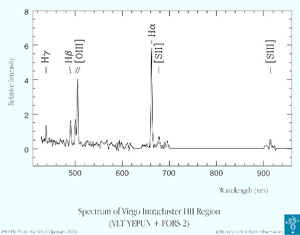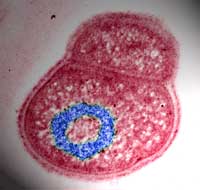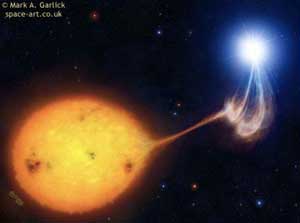
Subaru and VLT Join Forces in New Study of Virgo Galaxy Cluster
At a distance of some 50 million light-years, the Virgo Cluster is the nearest galaxy cluster. It is located in the zodiacal constellation of the same name (The Virgin) and is a large and dense assembly of hundreds of galaxies.
The “intracluster” space between the Virgo galaxies is permeated by hot X-ray emitting gas and, as has become clear recently, by a sparse “intracluster population of stars”.
So fa
2% of buildings capable of having solar air-conditioning installed, could stop emitting 27,000 tons of CO2 into the atmosphere
The Basque Energy Authority (BEA) has been participating in the European ALTENER programme for the encouragement of renewable energies since their creation in 1992. Along these lines, the BEA has been chosen to develop a project involving the air-conditioning of buildings using renewable energies as an alternative to the traditional systems based on energies

The secret to its strength is a ring, Weizmann Institute researchers report in Science
Weizmann Institute scientists have found what makes the bacterium Deinococcus radiodurans the most radiation-resistant organism in the world: The microbe’s DNA is packed tightly into a ring. The findings, published in the January 10 issue of Science, solve a mystery that has long engaged the scientific community.
The red bacterium can withstand 1.5 million rads – a thousand times more tha

A new type of star has been discovered lurking as a low mass component in a very compact binary star system.
Astronomers Steve B. Howell of the University of California, Riverside and Tom Harrison of New Mexico State University, Las Cruces, announced today at the American Astronomical Society Meeting in Seattle, Wash., that they have confirmed the existence of a new variety of stellar end-product. This previously unknown type of star has some properties similar to brown dwarf stars and may

Which way does a mammoth skeleton point in Siberia? No, it’s not a Christmas cracker joke. To find the answer you have to look in a rather surprising place – the Institute of Physics’ new online archive.
In an article published in the first edition of Proceedings of the Physical Society in 1874, John Rae writes about the physical properties of ice and mammoth remains. He put forward a theory as to why so many of the mammoth skeletons found near the Yenesei river in Siberia had been found wi
Lawrence Livermore National Laboratory astronomers are major partners in a scientific collaboration that will conduct an extremely novel search for small, comet-like bodies in the outer solar system using four half-meter telescopes. The work was described today at the winter meeting of the American Astronomical Society.
Rather than look for the light reflected directly by these objects (as is customary astronomy practice), this project will search for those very rare moments when one of these ob